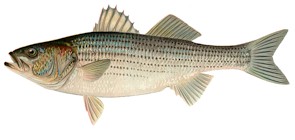Somewhere along the line people got the idea that science is scary and intimidating. But, like so much of this world … science is much more than what we first think. Science can be silly. Science can be fun. Science can be collecting and analyzing data. But, science is creating questions. And, science is sharing results.
Science can even make you smile. To prove it – here are some silly sounding words that make me laugh every time I say them. I actually had to have my daughter narrate this short film because “caudle peduncle” is just too much sometimes. Hopefully this clip will make you curious to explore new words and realms within science. It’s bound to make you smile at least! By the way, do you have a favorite sounding sea science word?































What people are saying …